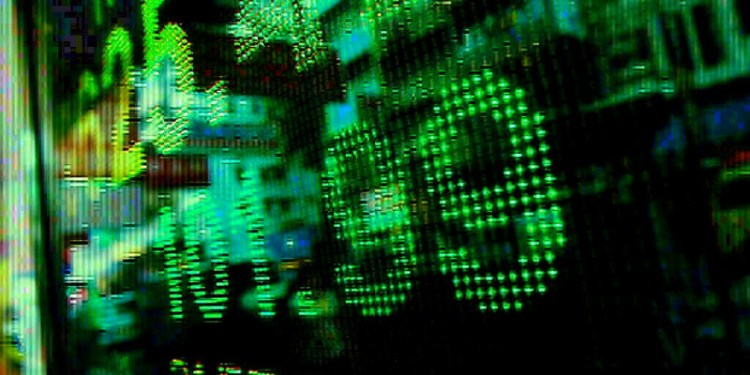Investing.com – Oil prices rose on Thursday morning in Asia, hitting heights not seen since late 2014.
The surge came on a Reuters report that new price hawk Saudi Arabia would be happy for crude to rise to $80 or even $100, a sign Riyadh will seek no changes to a supply-cut deal even though the agreement’s original target is within sight.
for May delivery were trading at $68.73 a barrel in Asia at 11:00PM ET (03:00 GMT), up 0.38%. for June delivery, traded in London, were up 0.41% at $73.78 per barrel.
Meanwhile, for September delivery were up 3.36% at 439.70 yuan ($70.02) per barrel at 11:00PM ET (03:00 GMT) on Thursday.
The Organization of the Petroleum Exporting Countries (OPEC), Russia and several other oil producers have been cutting output since January 2017 in an attempt to reduce the global oversupply and prop up prices. They have extended the pact until the end of 2018 and will meet in June to review policy.
OPEC is closing in on the original target of the pact – reducing industrialized nations’ oil inventories to their five-year average. However, there is no indication yet that Saudi Arabia or its allies want the supply cut to end.
In fact, the kingdom seems to want the pact to go further, with a desired crude price of $80 or even $100, according to senior Saudi officials in recent closed-door briefings.
The kingdom now wants even higher prices than Iran, once a keen OPEC price hawk.
Over the past year, Saudi Arabia has emerged as OPEC’s leading supporter of measures to boost prices, a change from its more moderate stance in earlier years.
Industry sources have linked this shift in Saudi Arabia’s stance to its desire to support the valuation of state oil company Aramco ahead of the kingdom’s planned sale of a minority stake in an initial public offering.
Fusion Media or anyone involved with Fusion Media will not accept any liability for loss or damage as a result of reliance on the information including data, quotes, charts and buy/sell signals contained within this website. Please be fully informed regarding the risks and costs associated with trading the financial markets, it is one of the riskiest investment forms possible.
Source: Investing.com





























